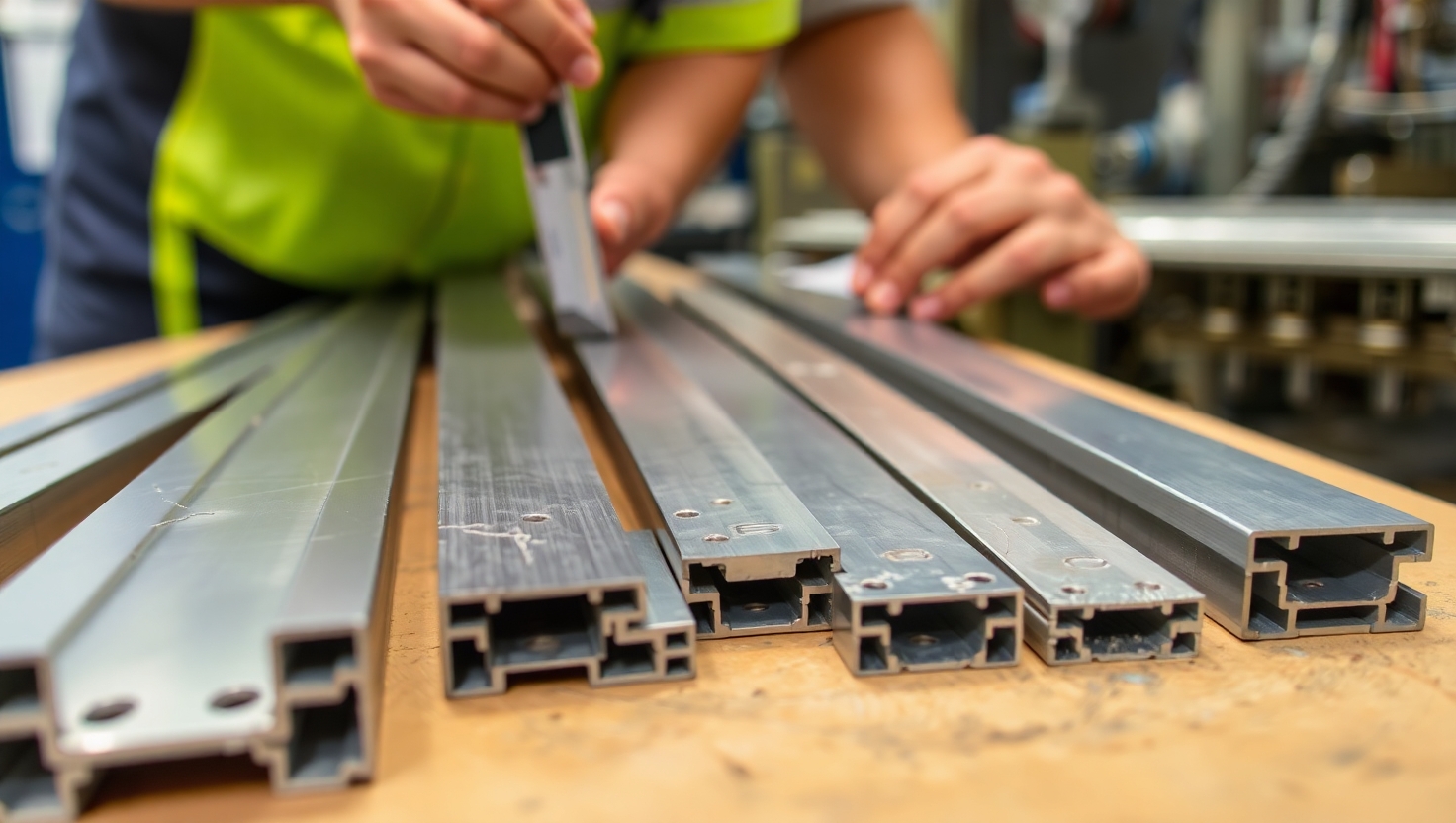Aluminium Extrusion Defects: Causes, Identification, and Prevention
Published by: ALUTimes | Date: July 15, 2025
Table of Contents
- Introduction
- Common Aluminium Extrusion Defects
- Root Causes of Defects
- Identifying Defects During Production
- Best Practices for Defect Prevention
- Industry Insight: Common Mistakes to Avoid
- Conclusion
- Disclaimer
Introduction
Aluminium extrusion is a critical manufacturing process widely used in automotive, aerospace, construction, and electronics. However, ensuring consistent quality in extruded profiles can be challenging due to the potential for defects. Understanding the causes, how to identify these issues, and methods to prevent them is essential to maintaining product integrity and reducing production waste.
Common Aluminium Extrusion Defects
- Surface Lines and Marks: Longitudinal lines, tearing, or scratches caused by die wear or dirt.
- Twist: Distortion along the length of the profile.
- Dimensional Variations: Profiles not matching required tolerances.
- Internal Cracks: Non-visible cracks due to high pressure or incorrect die design.
- Lamination or Seam Defects: Layers of metal not bonded correctly due to poor billet quality.
- Pick-Up: Particles from die surface get transferred to the aluminium profile surface.
Root Causes of Defects
- Improper Die Design: Incorrect die flow paths can lead to flow separation, seams, and cracks.
- Billet Temperature Variations: Too hot or too cold billets create uneven metal flow.
- Contaminated Tools: Dirty dies or handling equipment leave marks or embed particles.
- Poor Lubrication: Can lead to pick-up and overheating at the die-bearing surface.
- Insufficient Maintenance: Worn dies or press components degrade profile quality.
Identifying Defects During Production
Timely identification of extrusion defects saves costs and improves yield. Common techniques include:
- Visual Inspection: Check for twist, scratches, or surface lines.
- Microscopic Analysis: Identifies internal cracks and micro-seams.
- Dimensional Testing: Verifies if the profile matches blueprint dimensions.
- Ultrasonic Testing: Detects voids, inclusions, or cracks inside the metal.
Best Practices for Defect Prevention
- Die Design Optimization: Work with experienced die designers to ensure proper flow and temperature distribution.
- Regular Die Cleaning: Maintain a die-cleaning schedule to prevent pick-up and streaks.
- Consistent Billet Heating: Use temperature sensors to ensure optimal extrusion temperatures.
- Lubrication Monitoring: Use quality die lubricants and apply them evenly to reduce friction.
- Press Calibration: Regularly inspect and calibrate hydraulic presses to ensure force consistency.
Industry Insight: Common Mistakes to Avoid
According to aluminium industry reports, nearly 30% of total scrap in extrusion comes from preventable surface and internal defects. Most issues stem from either insufficient training, skipping die maintenance, or lack of consistent temperature control during billet preheating.
Conclusion
Aluminium extrusion defects can significantly affect both aesthetic and structural quality. But with proper understanding, inspection routines, and process control, most defects are avoidable. Continuous improvement in die maintenance, temperature monitoring, and operator training can result in better product yield, cost savings, and enhanced customer satisfaction.
Disclaimer
This article is published by ALUTimes for educational purposes only. Readers are advised to consult technical experts for specific extrusion challenges in their facility.

